Credit hurdles to trip up foreign-backed projects
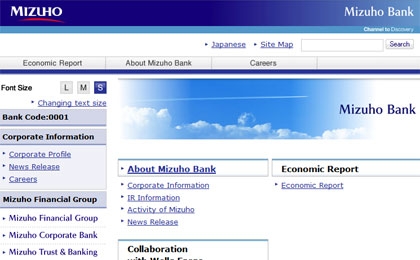 |
| Some giant projects may not be able to quench their thirst for capital locally due to the lending limit for foreign bank branches |
According to the Law on Credit Institutions, effective from January 1, 2011, a foreign bank branch and a locally incorporated bank will no longer provide loans to a customer exceeding 15 per cent of its own equity.
The regulation aims to control banking system risks, but the lending limit means that foreign investors will find it difficult to receive funds for their direct investment projects in Vietnam.
“This is a troublesome regulation and a danger. In other words, foreign bank branches can provide $1-$2 million in credit to a single client instead of providing $50 million, as they could before,” said Le Xuan Nghia, vice chairman at the National Financial Supervisory Committee.
“Net foreign direct investment (FDI) flowing into our country may decline this year because of this lending limit,” he told VIR.
Locally incorporated foreign banks and foreign bank branches are major lenders to FDI projects in Vietnam where foreign investors have registered to pump in around $200 billion since the country opened its door to FDI in 1986. Official statistics show that FDI disbursement in 2010 was about $11 billion, a 11 per cent jump compared with 2009. The committed capital last year was $18.59 billion, down 17.8 per cent against 2009.
The government expects to lure at least $11 billion in implementation capital in 2011.
But Nghia said the lending limit would have a negative impact on the implementation of FDI projects in Vietnam, as many investors could not borrow enough funds from locally incorporated banks or foreign bank branches in Vietnam.
In a proposal sent to the government last year, Taiwan’s Formosa Plastic Corporation complained that it could not develop its $8.9 billion steel and port complex in Ha Tinh province due to this lending limit.
According to Formosa, the investor had only $2.7 billion and needed to borrow about $6 billion during 2011-2013 to implement the project. That meant that Formosa had to borrow $2 billion on average each year, but the group said that foreign bank branches in Vietnam could not provide funds for its project if they implemented the lending limit.
Nghia said that all foreign investors wanted to borrow funds from locally incorporated banks and foreign bank branches in Vietnam. If they mobilised funds from banks outside Vietnam, it would take a long time due to complicated procedures.
“In some cases, investors could not transfer money into Vietnam due to complicated and unreasonable administrative procedures,” he said.
Chu Chun Fan, a representative of Formosa in Hanoi, admitted that mobilising funds from banks outside Vietnam was more difficult and costly than mobilising funds from foreign bank branches within the country.
“As a foreign bank branch is a dependent branch of the parent bank, this limit should be determined in accordance with the equity of the parent bank whose capital adequacy is controlled by the capital requirements of the host country,” said a representative of the Vietnam Business Forum’s banking group.
What the stars mean:
★ Poor ★ ★ Promising ★★★ Good ★★★★ Very good ★★★★★ Exceptional
Related Contents
Latest News
More News
- Levelling up green logistics requires a helping hand (April 24, 2024 | 14:19)
- MPI meets with Nvidia vice president to discuss AI and semiconductor cooperation (April 24, 2024 | 14:14)
- Negotiations over payment agreement for LNG power stuck in deadlock (April 23, 2024 | 18:02)
- Masan completes $250-million equity raise from Bain Capital (April 23, 2024 | 17:37)
- Amata City Ha Long marks six years of development (April 23, 2024 | 17:00)
- Taiwan's Giant Group to build $120 million bicycle factory in Binh Duong (April 23, 2024 | 15:02)
- Nvidia delegation to explore opportunities in Vietnam (April 23, 2024 | 08:30)
- China's BOE builds $275 million electronics factory in Ba Ria-Vung Tau (April 22, 2024 | 10:44)
- Suntory PepsiCo breaks ground on its largest Asia-Pacific plant in Vietnam (April 22, 2024 | 08:53)
- New Hope ceases Binh Dinh pig-breeding project (April 19, 2024 | 18:34)

 Tag:
Tag:
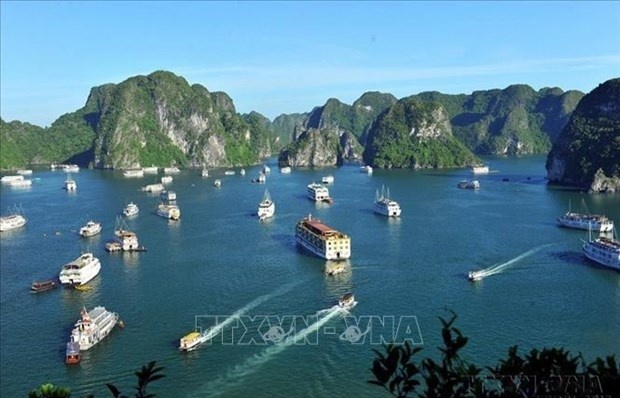




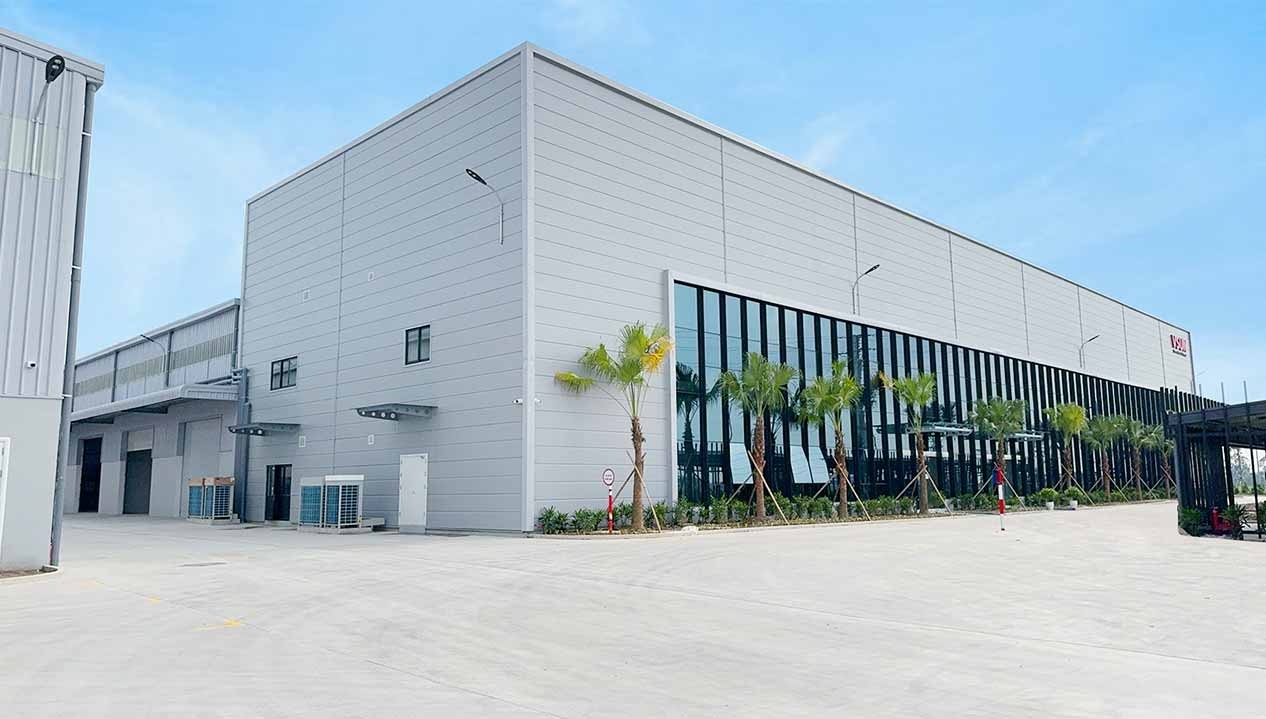
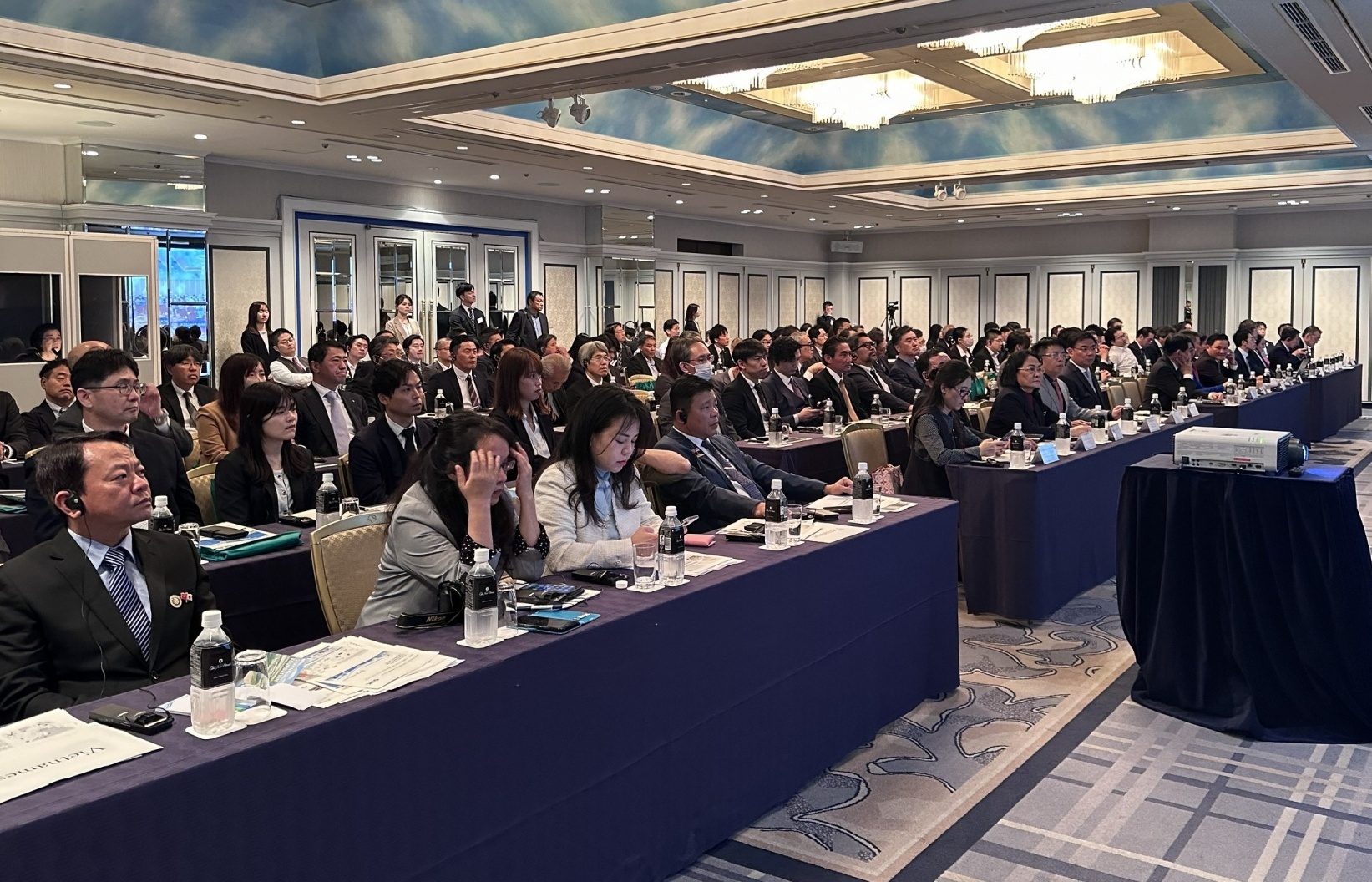
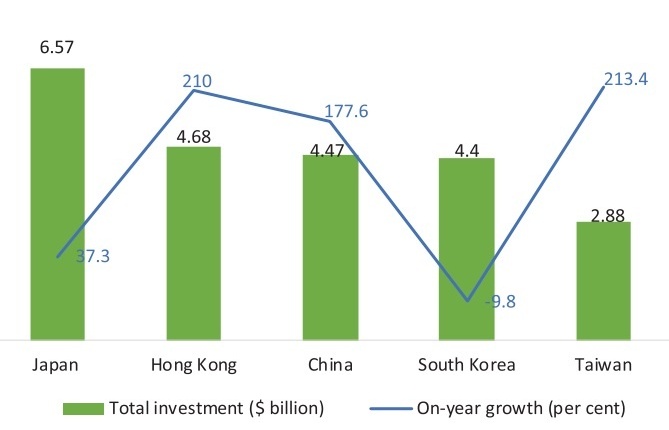
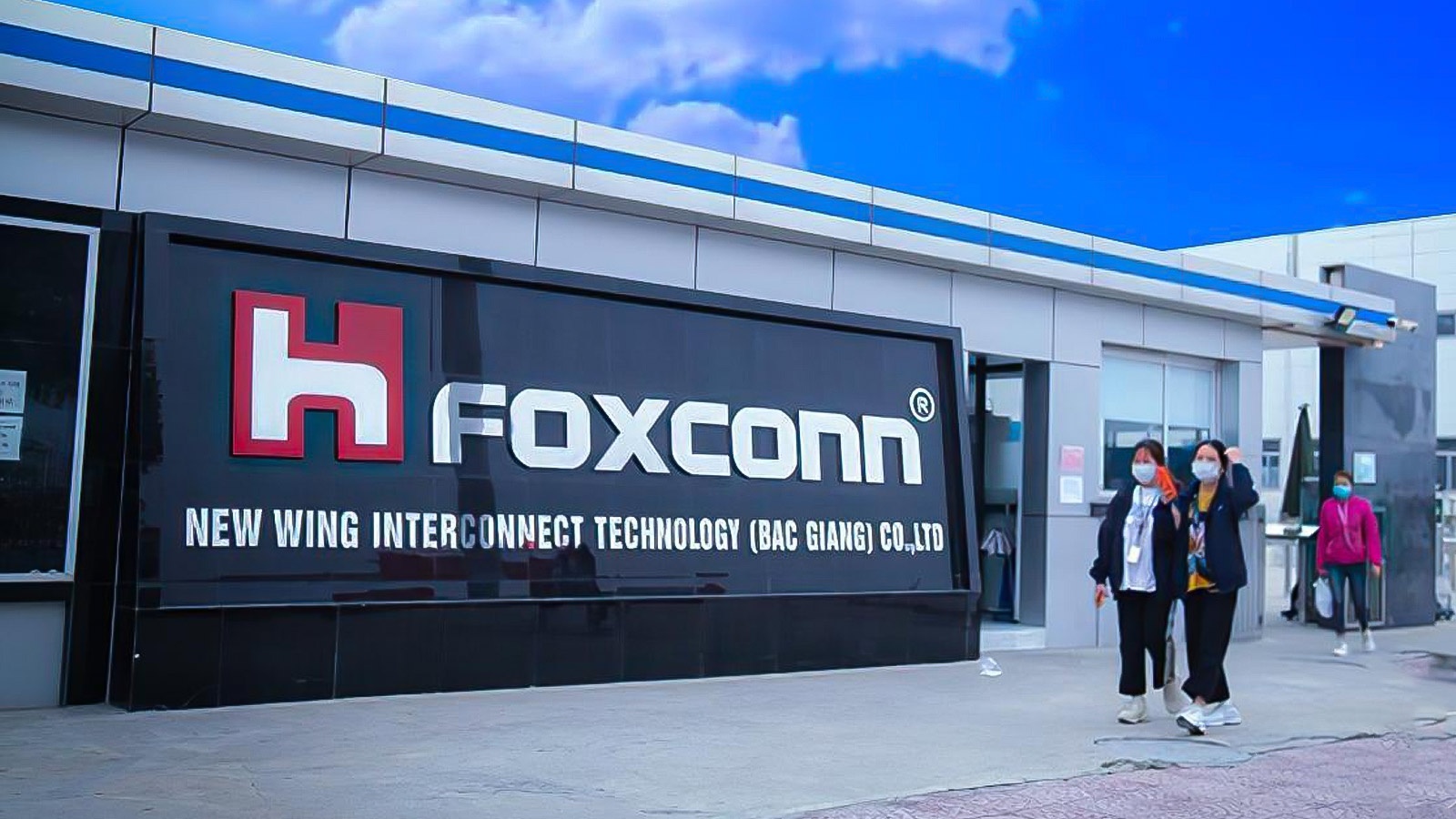


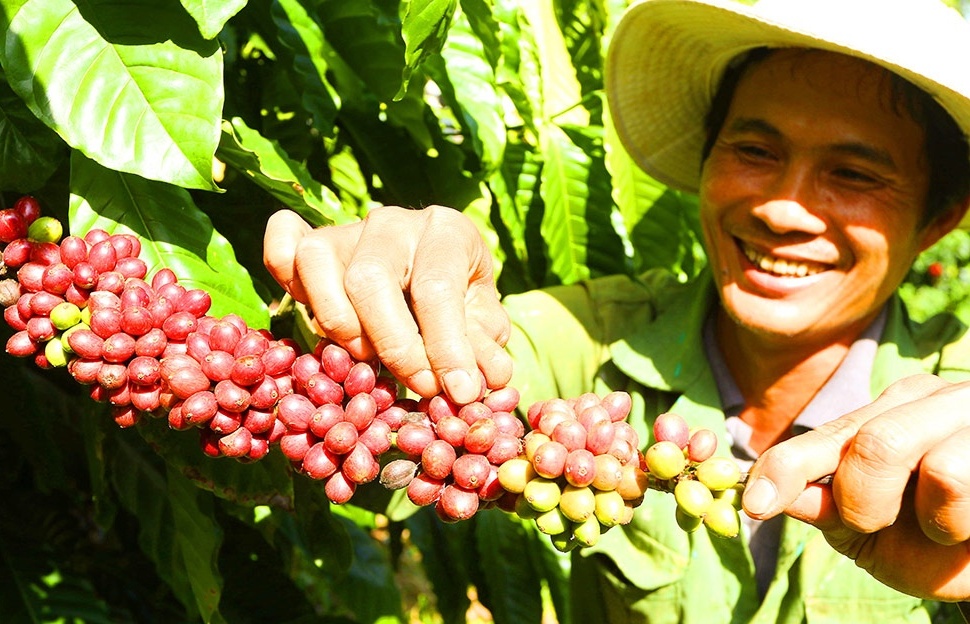




 Mobile Version
Mobile Version